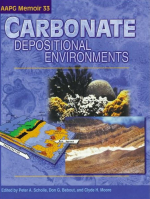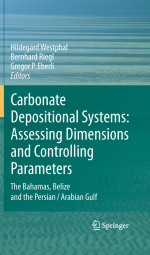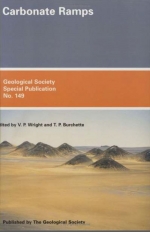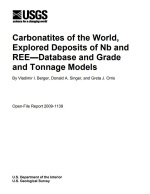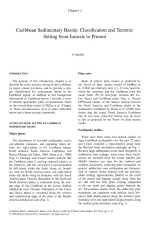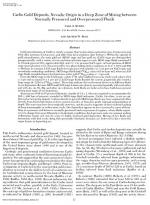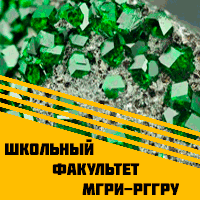Gold mineralization at Carlin is clearly younger than hydrocarbon maturation (pre-Cretaceous) and felsic dike intrusion (Cretaceous), and older than deep oxidation (late Tertiary). Within the episode of gold mineralization, the main gold ore (MGO) stage and late gold ore (LGO) stage are distinguished paragenetically, wi-th a variety of vein and mineralization types in each. MGO stage fluids contained 5 to 10 mole percent COa, appreciable H2S, and 3 ± 1 wt percent NaCl equiv. At least portions of MGO stage mineralization were characterized by two-phase boiling (COa exsolution) at 215° ± 30°C and 800 ± 400 bars. In contrast, LGO stage fluids were gas poor with salinities <1.5 wt percent NaCl equiv and record only nonboiling conditions. MGO stage fluids had 518Oh2o values of 5 to 9 per mil, whereas LGO stage fluids resembled unevolved meteoric water with 518Oh2o values < —3 per mil.
From the MGO stage to the LGO stage, calcite 5180 values shifted from near whole-rock values of 12 ± 3 per mil to around 0 ± 1 per mil as LGO stage fluids flooded the system. Jasperoids also record a large range (9-22%o) in 518Oh2o values. These data indicate the involvement of two very different fluids in ore deposition. Because MGO and LGO stage features are closely associated spatially with each other and with Au, As, Sb, Hg, and other ore elements, both fluids are believed to have both been present during most stages of ore deposition.
At pressures of 80 to 85 percent lithostatic, depths of 3.8 ± 1.9 km are required to accommodate the 800 ± 400 bars of pressure recorded in MGO stage fluid inclusions. Carlin, therefore, is not an epi-thermal or hot spring deposit. Carbon dioxide in gas-rich MGO stage fluids may have originated either directly from buried intrusions or their contact aureoles, or from low-grade regional metamorphism at depth. The water may have been originally meteoric, and Au may be magmatic or derived from leaching of deep metamorphic or sedimentary rocks. Ore deposition appears to have occurred in zones of throttling at a pressure seal between normally pressured and overpressured regimes, where fluids experienced a change from near-lithostatic to hydrostatic conditions. Such pressure seals are common in deep sedimentary basins and may be a key to highly localized gold deposition. Mixing of two fluids and interaction with host rocks along thin permeable bioclastic horizons are believed to have been the major factors in depositing ore.




